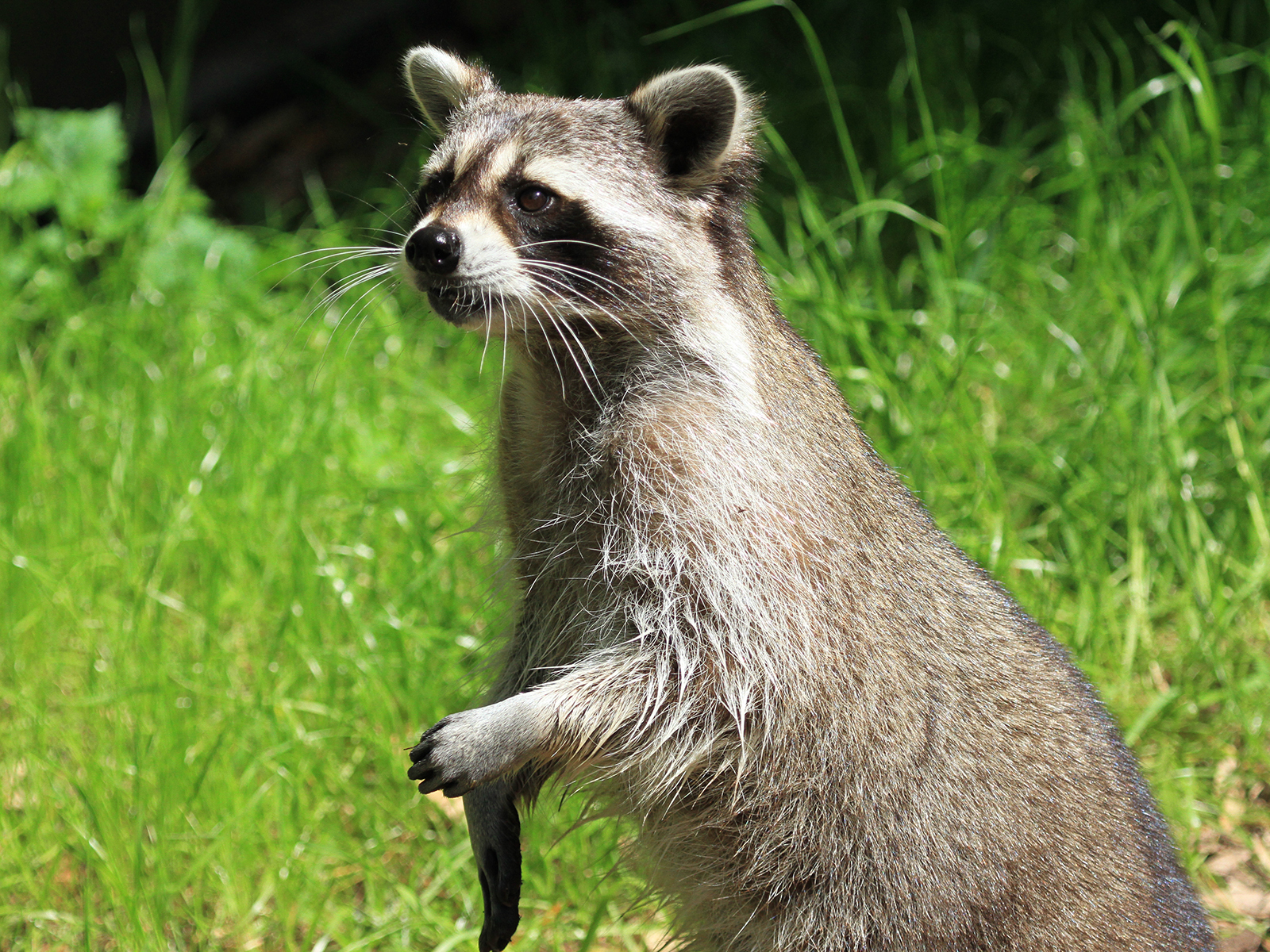Raccoon
Procyon lotor
Class
Mammalia
Order
Carnivora
Family
Procyonidae
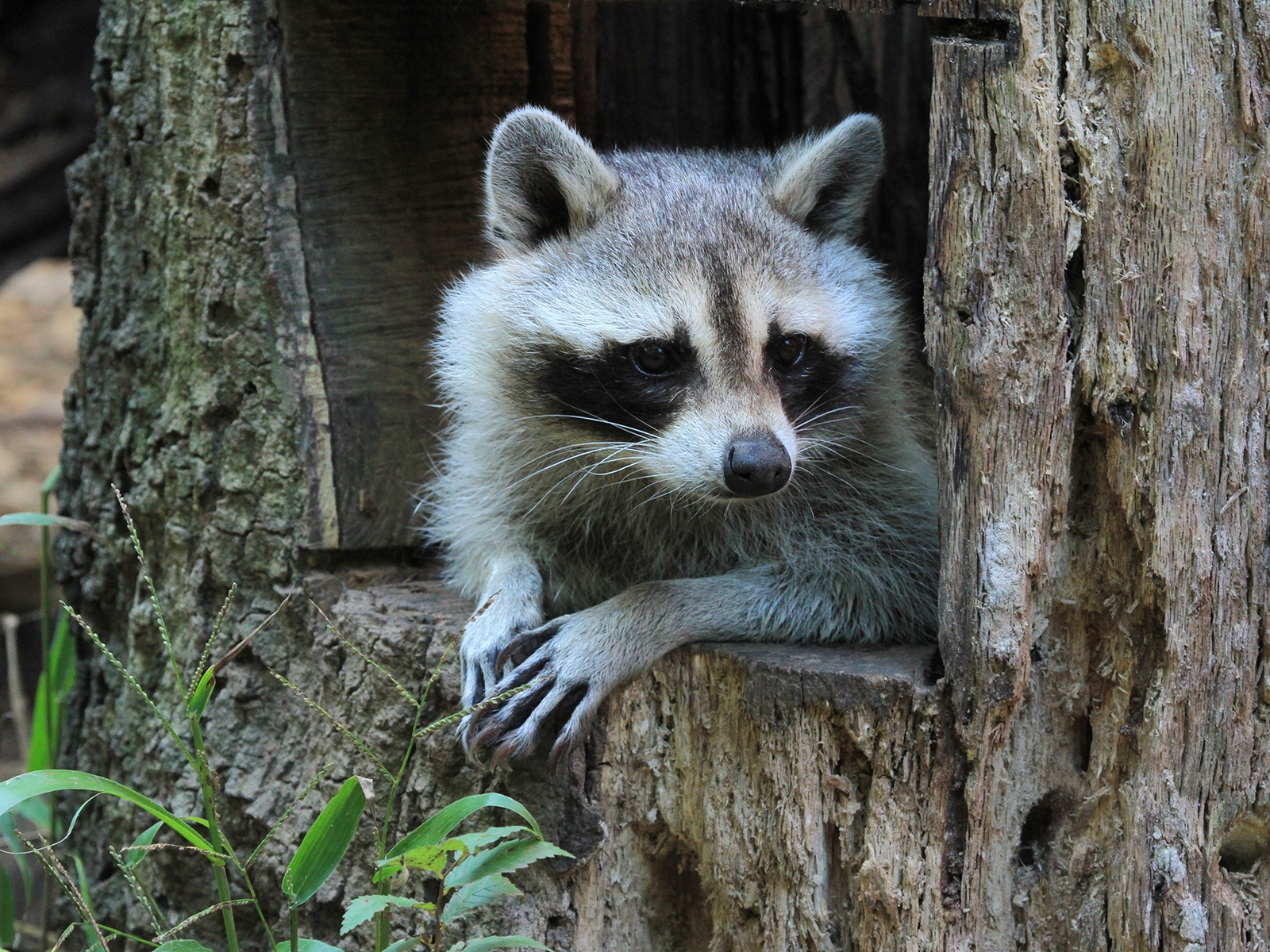
Mammalia
Carnivora
Procyonidae
North and Central America
Length: 2 - 3 ft
Weight: 8 - 35 lbs
Can live anywhere from forests to prairies to city parks
1-7 kits
Gestation: 63 - 66 days
Fish, frogs, crayfish, crabs, nuts, seeds, acorns, berries, fruit, cereal grains, and bird eggs; will even eat human trash
Least Concern
The front paws are capable of sending three-dimensional images to the animal's brain, allowing it to see while fishing around in dark, murky water.
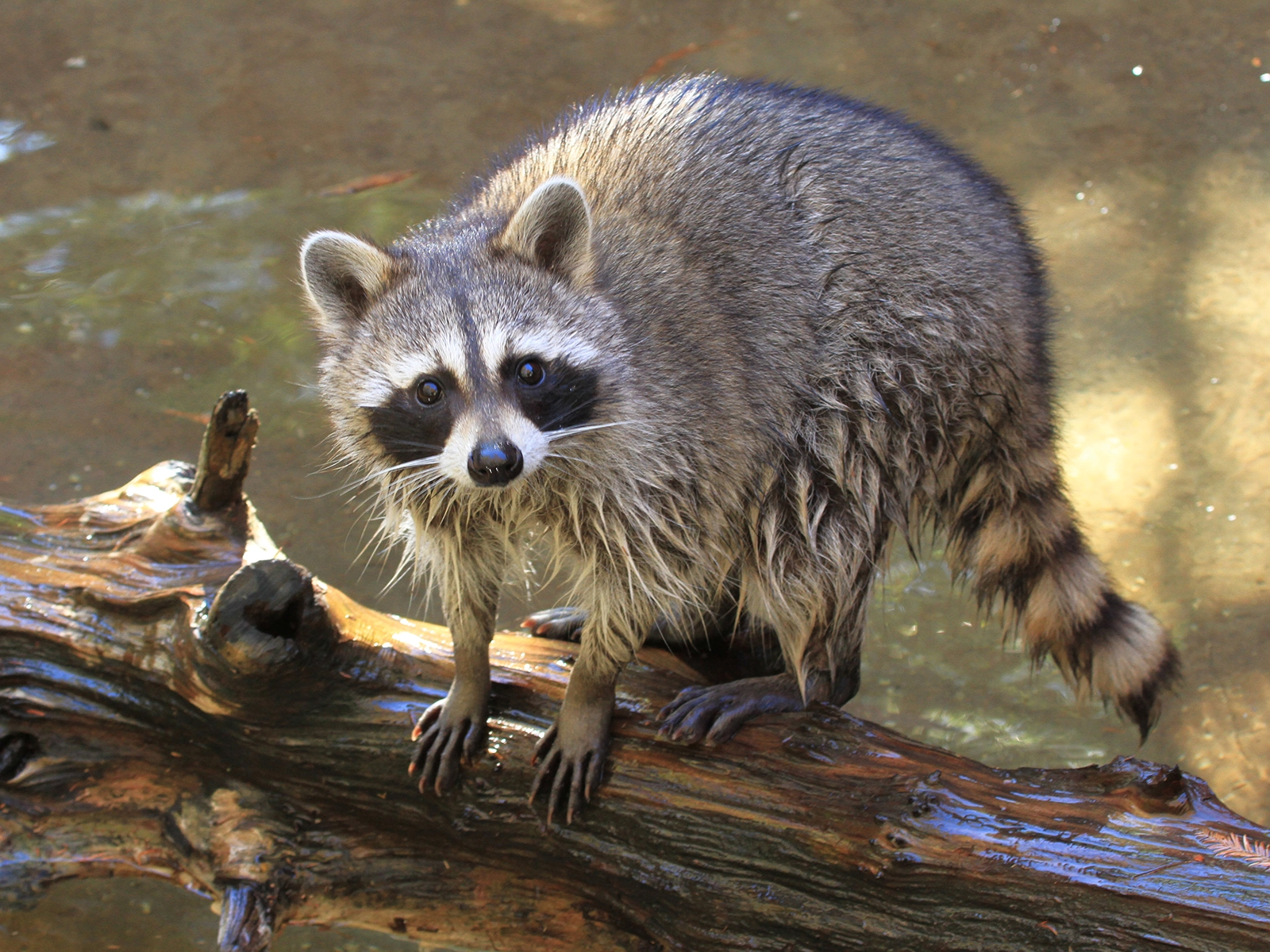
Raccoons have adapted to live in close proximity to humans. They are often called "bandits" because of their raids on garbage cans and picnic lunches searching for food, and because of the black rings around their eyes resembling masks. Raccoons are terrestrial, but also excellent swimmers.
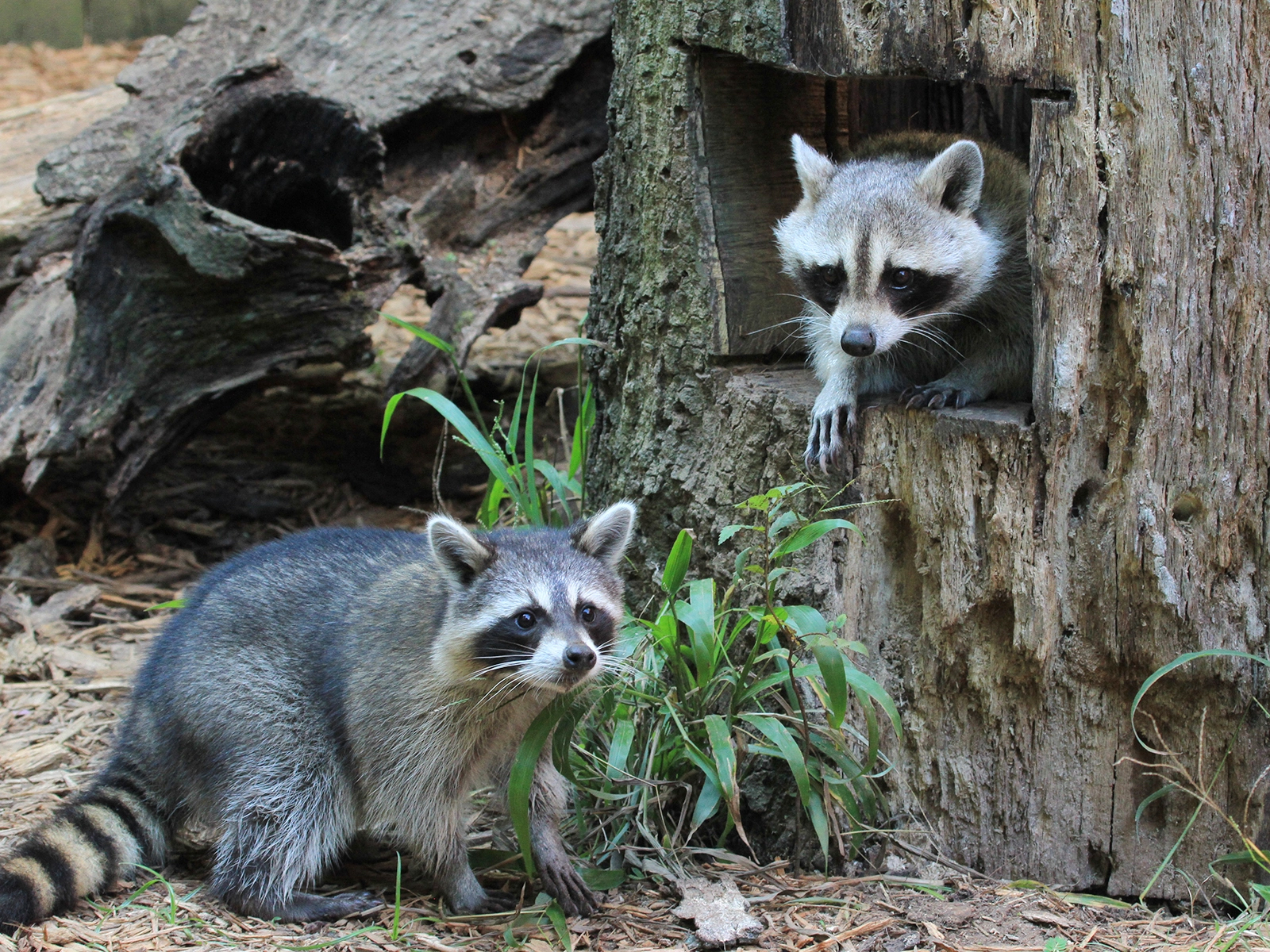
In late fall and early winter, raccoons grow a thick coat of fur and eat as much as possible to build up fat reserves. While they may spend weeks in their dens without eating, they don't truly hibernate. Instead, they live off their stored fat and can lose up to 50% of their body weight over the winter.
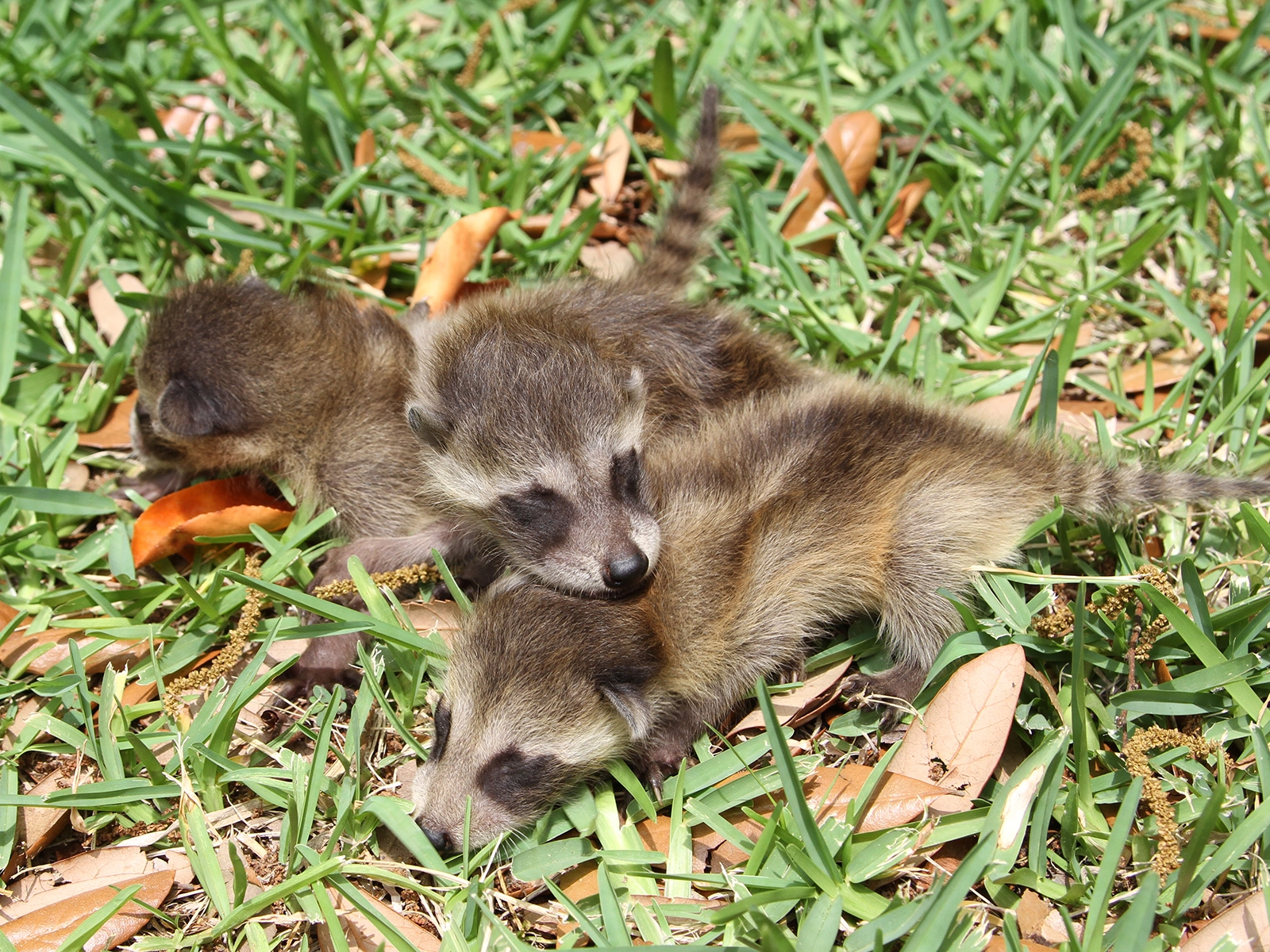
Baby raccoons are called kits, and weigh 3 - 5 ounces at birth. Babies stay in the den for the first two months. Cubs open their eyes around three weeks of age, and start eating solid food around seven weeks old. By two months old, they are traveling alongside their mother. Both male and female raccoons reach sexual maturity around one year of age.
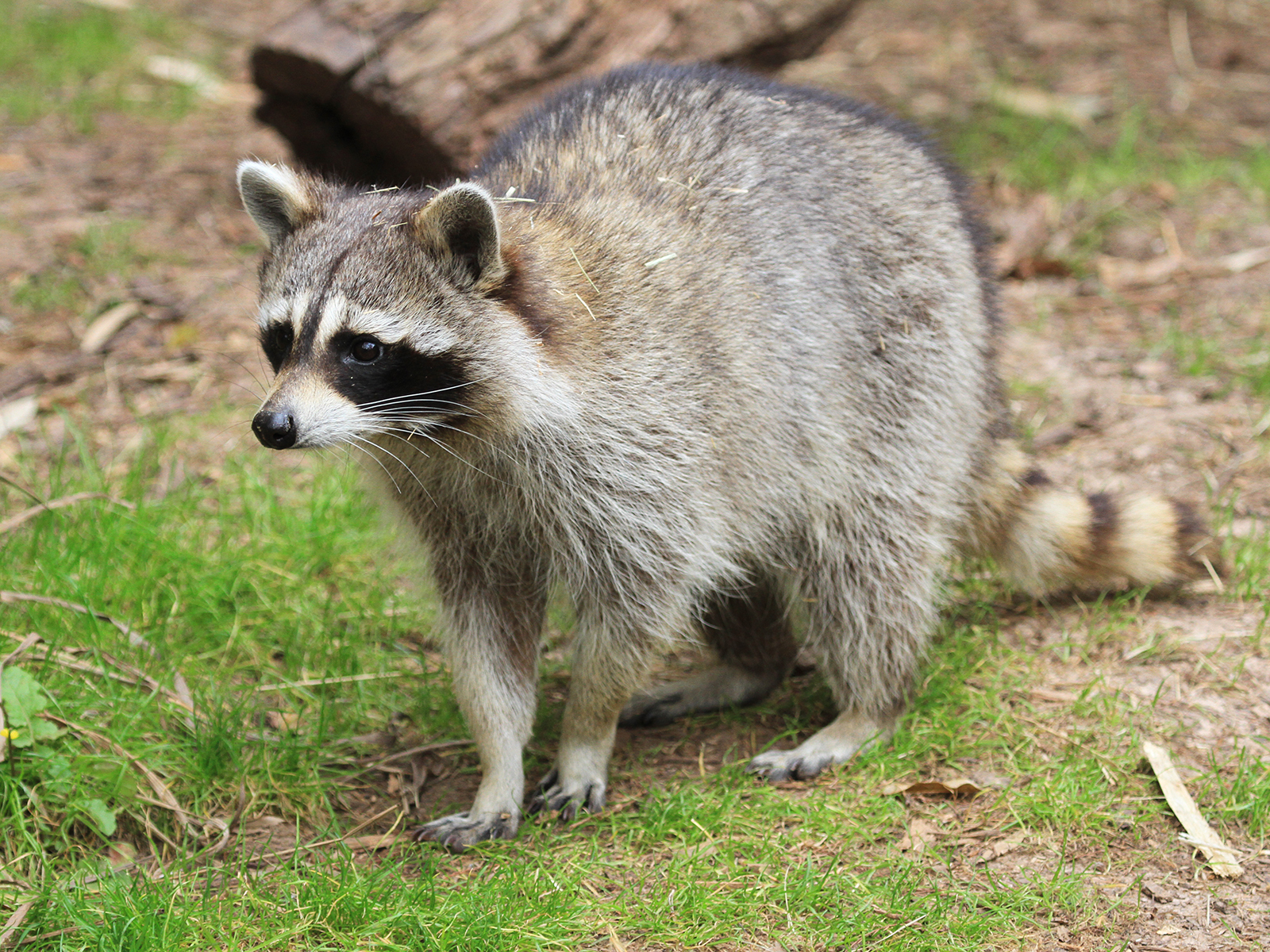
Preventing Conflicts with Raccoons. Living in areas with raccoons can be a delicate balance. While they are fascinating and intelligent animals, their ability to adapt to human environments can lead to conflicts. Most raccoon problems stem from their search for food and shelter. By securing trash cans, removing outdoor food sources, and sealing entry points, you can discourage them from coming onto your property.
Found a baby or injured raccoon? Don't try to handle it yourself. The best course of action is to contact a licensed wildlife rehabilitator. They have the training and permits to care for the animal safely and legally. In many areas including Louisiana, it is illegal for an unlicensed person to possess wildlife.
Rascal Born March 1, 2020
Ranger Born April 11, 2018
